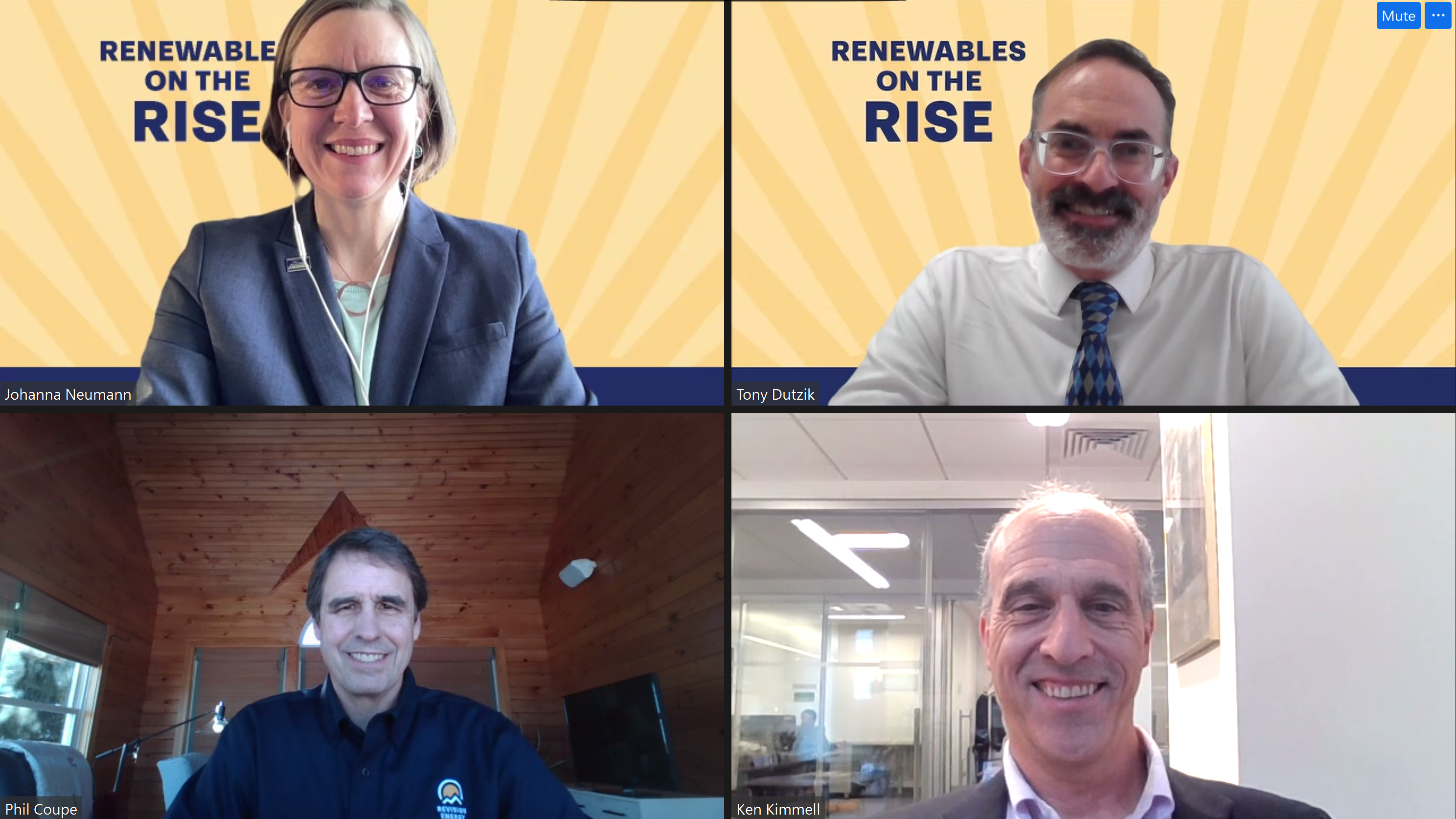Electric heat pumps: An unsung hero in the fight against climate change
These energy-efficient devices can be difference makers in the move to clean energy

When discussions of a clean energy future come up with friends, they often gravitate to questions about fancy technology. What kind of battery storage do we need to support wind and solar? How efficient can solar cells become? Can farms of offshore wind turbines play a big role in an energy revolution? (Spoiler alert on the last one: Yes, they can.)
While developing great new tech is vitally important, one essential fact that is often lost in these discussions is that we already have a lot of tried-and-true know-how that can wean us off of dirty, global warming-causing fossil fuels.
Enter the electric heat pump. Back in 1856, an Austrian named Peter von Rittinger constructed the first of these devices, which uses electricity to pump air from the outside into your home and heats it with a compressed coolant. By the mid-20th century, a version of this home-warming wonder was ready to go in the United States. These pumps can not only heat homes but also make your morning shower piping hot and your afternoon tea perfectly pleasant. (They can cool your house in the summer months as well.)
Equally as important, electric heat pumps are incredibly energy efficient. A typical system can reduce your electricity consumption by about 50 percent compared to fossil fuel options such as furnaces. And, because heat pumps can run on renewable energy, this also means less pollution. Historically, the knock on these systems was that they struggled in colder climates. But that frigid weather stigma is becoming increasingly untrue. In fact, one study in Providence, R.I., found that heat pumps not only held up in the crisp New England winters, but also saved consumers thousands of dollars compared to either propane or heating oil.
“Advances in heat pump technology, including cold-climate heat pumps, have enabled more efficient electric space heating in areas with lower winter temperatures,” the U.S. Energy Information Administration (USEIA) explained.

(Credit: Environment America Research & Policy Center)
Many people are listening. In 2017, the USEIA reported that there were 12.1 million households with heat pumps with 9.3 million of them being located in parts of the more temperate Southeast. But, since then, around 3 million air source heat pumps, which are the most common form of these appliances, have been sold annually across the U.S. In fact, in 2020, that yearly total hit 3.42 million.
While these are great numbers, more needs to be done because too many American homes are still relying on fossil fuels to run furnaces and boilers. This is particularly bad because the gas that goes into these appliances contains methane, which, when released into the atmosphere, accelerates global warming. As such, if we want to successfully combat the worst potential impacts of the climate crisis, change can – and should – start in the home.
In Environment America Research & Policy Center’s recent report, Electric Buildings 2021, the authors found that “electrifying the vast majority of America’s residences and commercial spaces by 2050 could reduce net greenhouse gas emissions from the residential and commercial sectors by about 306 million metric tons of carbon dioxide in 2050. That is the equivalent of taking about 65 million of today’s cars off the road – almost three times the number of vehicles in Texas.”
Thankfully, the current presidential administration is seeing the value in the often-unsung heat pump. President Joe Biden’s American Jobs Plan specifically recognizes the need for “electric heat pumps for residential heating and commercial buildings.” As part of the plan, the president wants to see heat pumps manufactured in the U.S.
To make heat pumps even more of a reality the Electric Buildings 2021 report indicates that important barriers still must be overcome. For example, educating both contractors and consumers unfamiliar with these devices on their tremendous value is a must.
Nevertheless, the promise is there. The electric heat pump is a technology that spans more than 150 years, but now is its time to take center stage as a meaningful actor in the story of America’s clean energy transition.
Topics
Authors
Josh Chetwynd
Find Out More

Key takeaways from Renewables on the Rise: Success Stories

Which 10 American retailers can lead the way on rooftop solar?

More rooftop solar, less red tape


